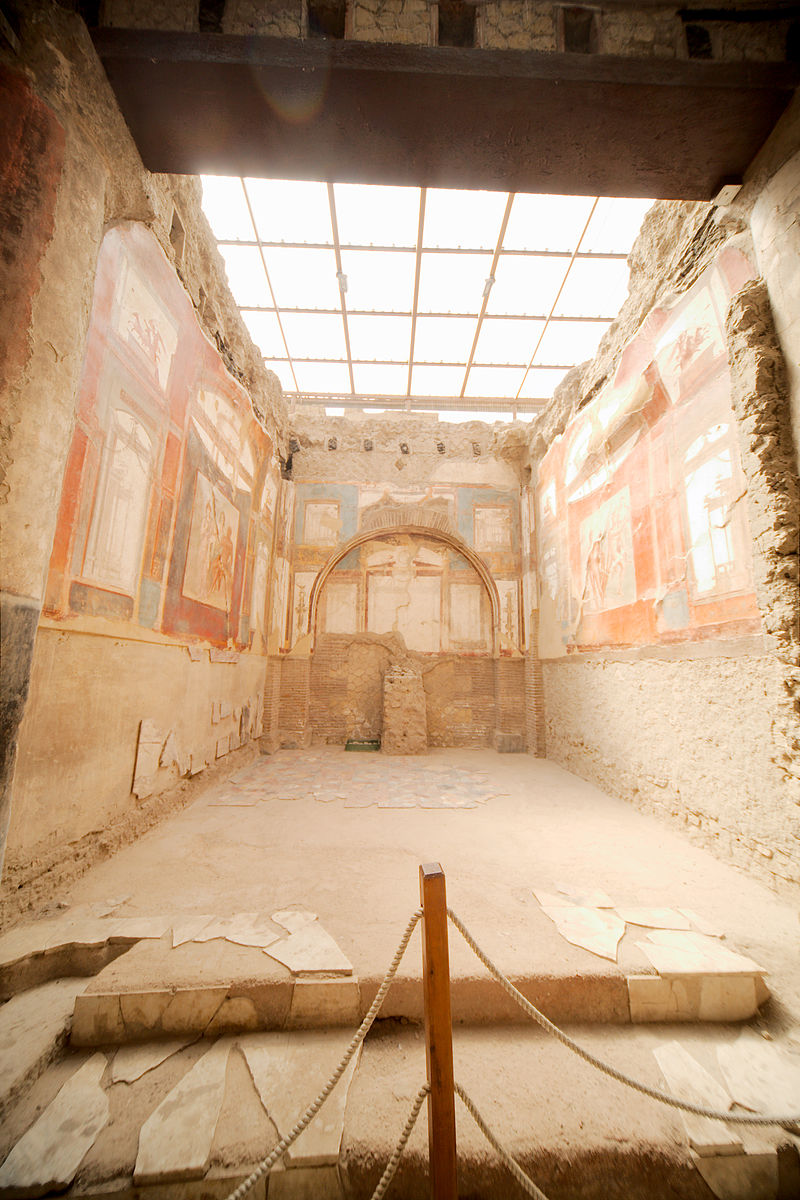Archaeologists working on the Herculaneum site near Pompeii have discovered that the infamous  eruption of Mount Vesuvius in 79 AD produced heat so intense that it turned one man’s brain into glass. The remains of the man, whom archaeologists believe was about 25 years old, were discovered in the 1960s, but his body wasn’t fully examined until now.
eruption of Mount Vesuvius in 79 AD produced heat so intense that it turned one man’s brain into glass. The remains of the man, whom archaeologists believe was about 25 years old, were discovered in the 1960s, but his body wasn’t fully examined until now.
Dr. Pier Paolo Petrone, the lead scholar on the team that made the discovery, told the Guardian that he “noticed something shining inside the head” of the man. “This material was preserved exclusively in the victim’s skull, thus it had to be the vitrified remains of the brain. But it had to be proved beyond any reasonable doubt.”
Petrone and his team conducted a study to test the material inside the black, shiny, glassy substance they found inside the man’s skull. Their tests revealed proteins and fatty acids that were not found in the surrounding ash and debris and that are indicative of brain tissue. The researchers published the findings in the New England Journal of Medicine.
This is a significant discovery, because “To date, vitrified remains of the brain have never been found,” said Petrone, a forensic anthropologist at the University of Naples Federico II.
The man was found lying on a wooden bed inside the Collegium Augustalium, a building connected to a cult that worshipped Emperor Augustus. Researchers believe he was the building’s caretaker and may have been asleep at the time of the eruption.
Charred wood onsite indicated that temperatures may have reached 968 degrees Fahrenheit, enough to vitrify brain tissue. The heat would have vaporized soft tissue and burned body fat, and a quick drop in temperature would have vitrified brain tissue.
By Kathy McCabe
Photo: MatthiasKabel
